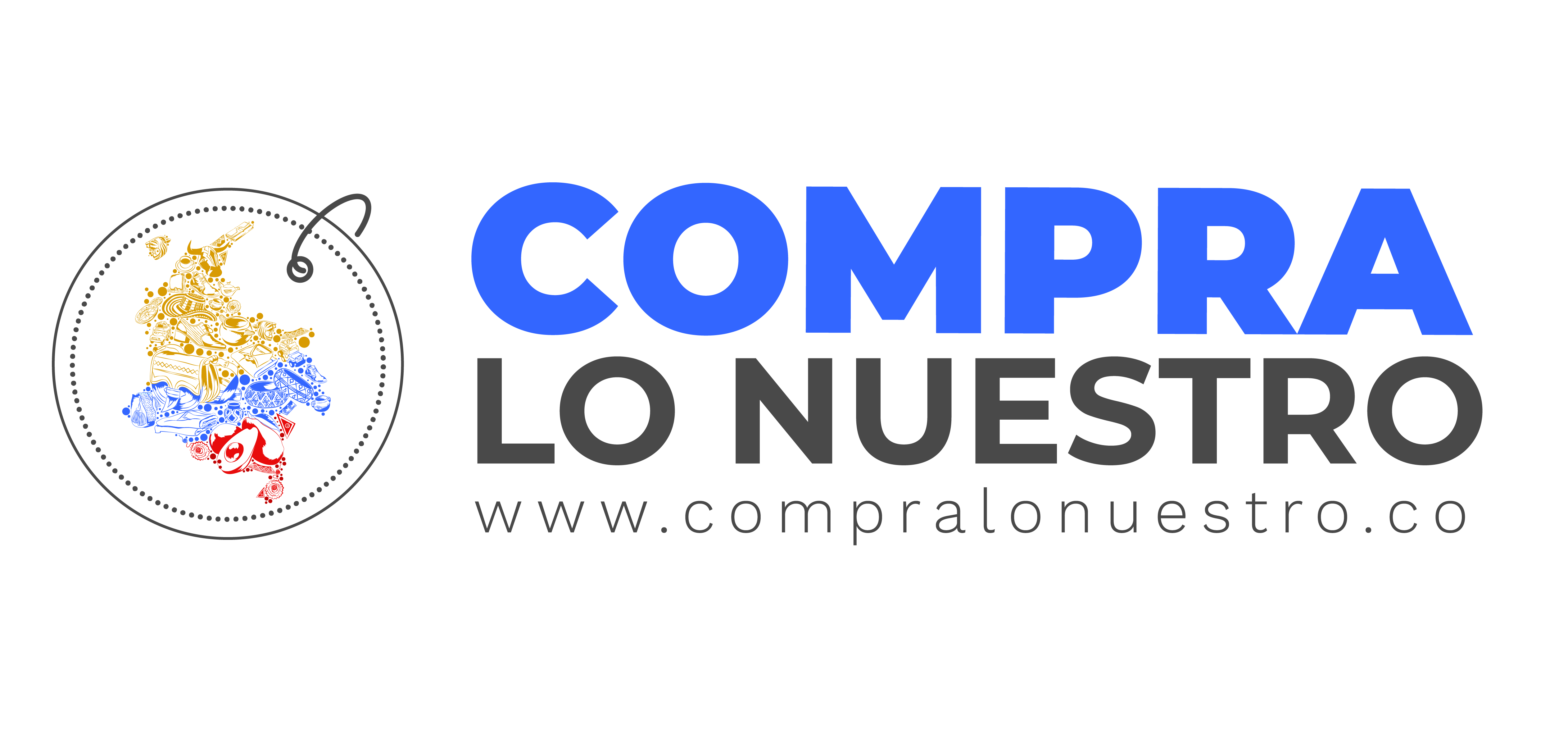When the idea of creating a platform to support entrepreneurs and people in their homes to know how to manage your assets efficiently came up, we understood the complex dimension of the meaning of those we call assets. To begin with assets are a set of goods rights and services owned by a company, corporation, or individual tangible or intangible and with functional and operational capabilities which are used during the development of their socio-economic activities and tend to be valued economically and, sometimes, only regarding to this.
However, in order to expand our comprehension on the complexities in which they are immersed, we find many more values than its money worth which, rarely, are made explicit. Let’s see some examples: one that means, in addition to recognizing its name and giving it an identification number, knowing its real location in a determinant moment could save an industrial process; other, compare it with the initial cost and the actual cost in the market in case we have to think about replacing it, another one, knowing who has the responsibility of keeping the data updated that gives it its identity and allows us to establish communication between them through our new technologies.
That’s how the idea of creating a systemic language came up, to talk with them and turn it into a technological challenge, and we made it possible with our platform LeSIGA, systemic language for assets management (lenguaje sistémico para la gestión de activos, in Spanish) references to two very particular concepts related to each other. This new language allows us to communicate with our assets. People or organizations that have them can recognize and have the information that identifies them in real time, at the same time, it allows coordinating personal and organizational behaviors according to their disposition and the services they provide and if we take great care it could also give us information about its care it’s protection at the same time we take care of the health and safety of those who use them.
Another thing when we say that a language has to be systemic is because you have to consider them little variation in its content can turn into significant variations in the system behavior patter, which if they are taken care of on time can favor its improvement, permanence and progress, announcing it and avoiding risks that can affect the system itself. Systemic language makes organizing easier, show us Auto efficiency and auto regulation of the personal and business organization, since it’s on complexity can’t be explained only thinking about it sports separately. Having a language to communicate with the assets can contribute to change the personal and business thinking.
Personal and business assets where I according to the nature of the activity that they develop, they are the materialization of different sources of financing and can be changed by another asset and or for money, bartering, precisely.

